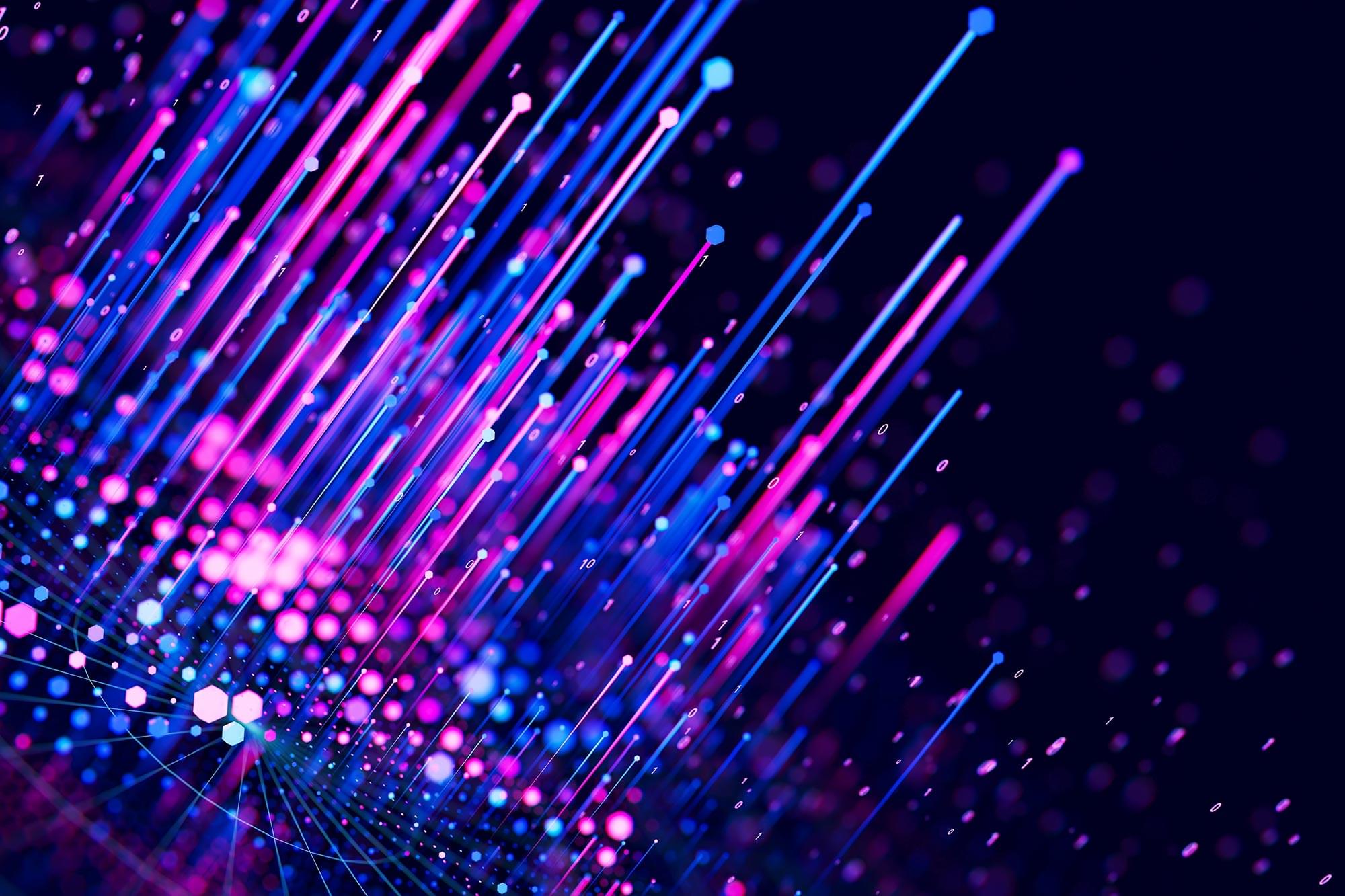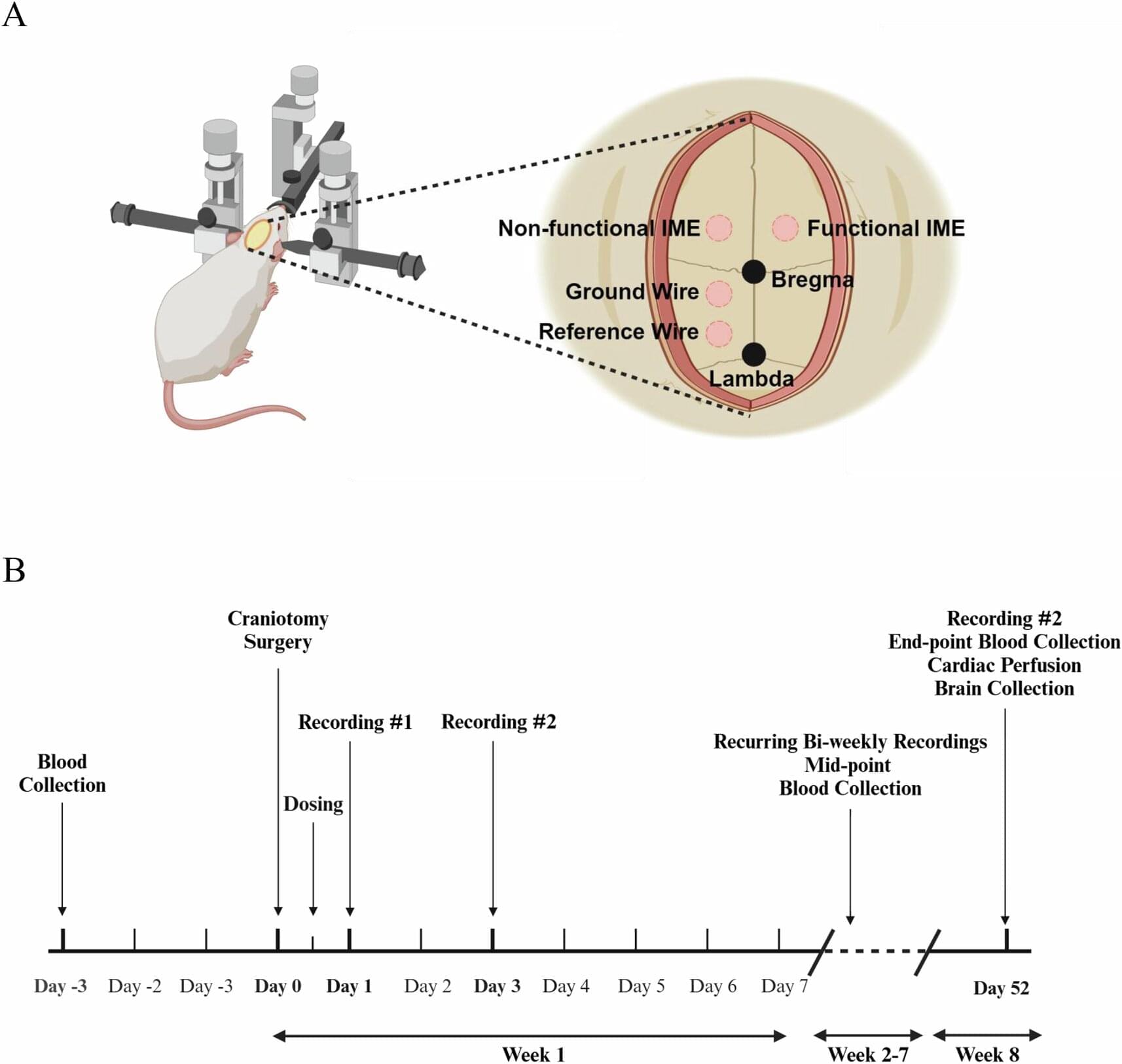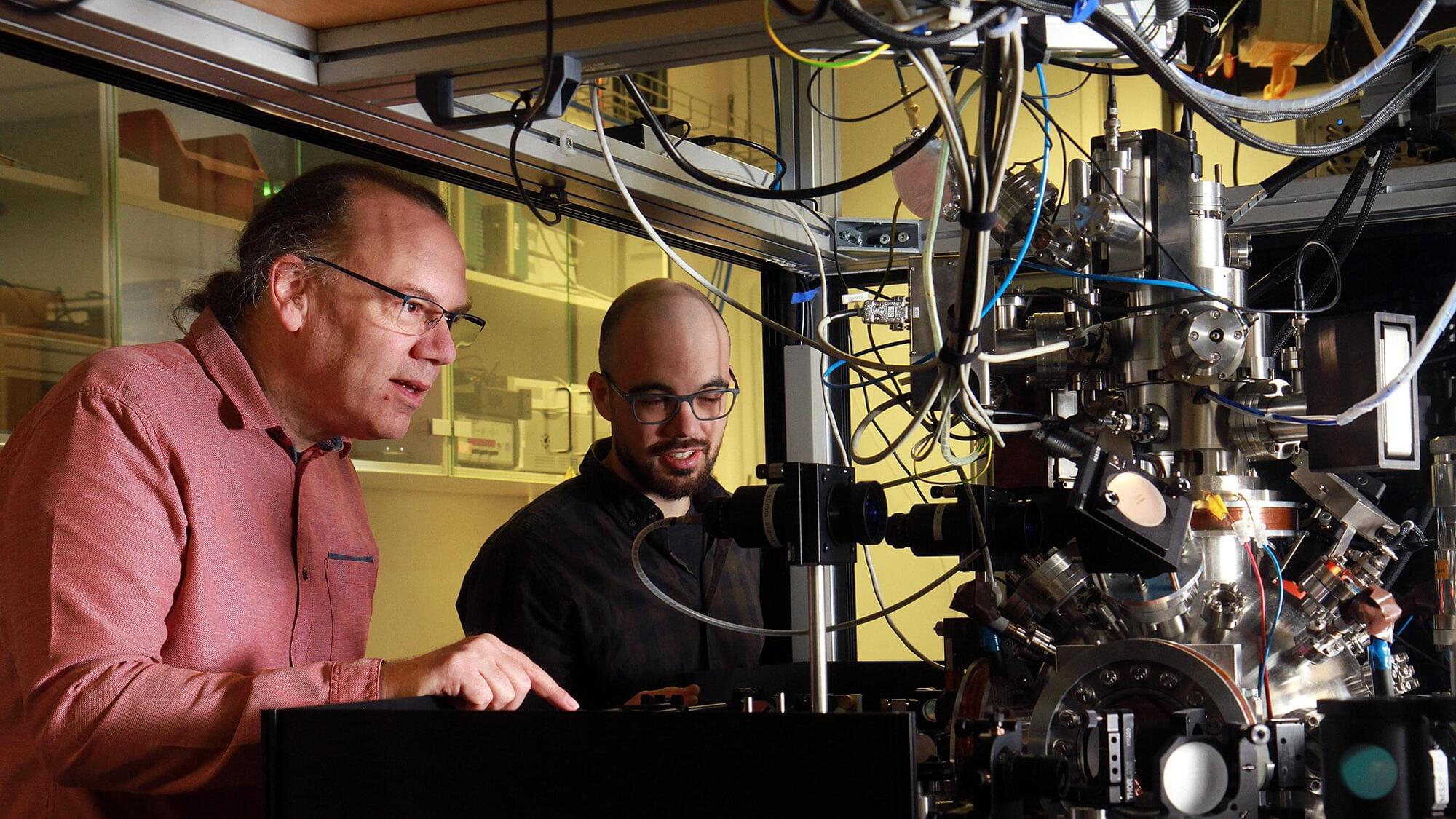University of Iowa scientists have identified a new way to “purify” photons, a development that could improve both the efficiency and security of optical quantum technologies.
The team focused on two persistent problems that stand in the way of producing a reliable stream of single photons, which are essential for photonic quantum computers and secure communication systems. The first issue, known as laser scatter, arises when a laser is aimed at an atom to trigger the release of a photon, the basic unit of light. Although this method successfully generates photons, it can also produce extra, unwanted ones. These additional photons reduce the efficiency of the optical system, similar to how stray electrical currents interfere with electronic circuits.
A second complication comes from the way atoms occasionally respond to laser light. In uncommon cases, an atom releases more than one photon at the same time. When this happens, the precision of the optical circuit suffers because the extra photons disrupt the intended orderly flow of single photons.







